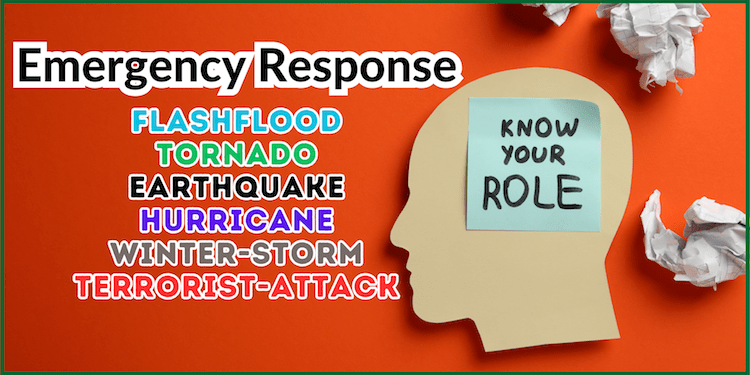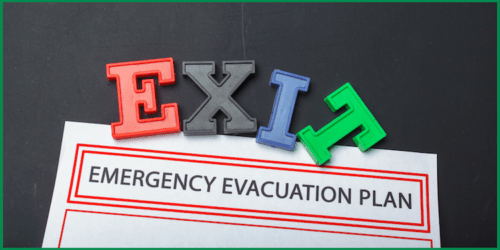Community emergency preparedness and response are vital to any community’s resilience to unforeseen challenges and disasters.
Whether it’s natural calamities like earthquakes, hurricanes, terrorist attacks, or industrial accidents, having a robust emergency plan in place can mean the difference between chaos and a coordinated response that saves lives and minimizes damage.
This article delves into the importance of emergency preparedness, the critical steps in developing a comprehensive plan, and the significance of community involvement in effective response strategies.
Table of Contents
- Understanding Emergency Preparedness
- The Key Elements of Emergency Preparedness
- Developing an Effective Emergency Response
- The Role of Community Involvement
1) Understanding Emergency Preparedness
Emergency preparedness refers to the proactive steps to ensure individuals, organizations, and communities’ preparedness to handle emergencies and disasters effectively. It involves identifying potential risks, developing plans, establishing communication channels, and conducting drills to test readiness, i.e., being safety conscious.
Preparedness focuses on enhancing the capability to respond swiftly and efficiently during a crisis, reducing the negative impact on lives and property.
2) The Key Elements of Emergency Preparedness
- Risk Assessment: Identifying potential hazards and vulnerabilities specific to the region is crucial. Analyzing past incidents, geographical factors, and demographics helps us understand the risks better.
- Emergency Plans: Developing detailed emergency plans is essential, covering various scenarios and outlining the roles and responsibilities of stakeholders. Regular plan reviews and updates are imperative to accommodate risk factors or community dynamics changes.
- Communication and Alert Systems: Establishing effective communication channels are vital to disseminate information and instruction during emergencies. Integrating technology and social media into alert systems can significantly improve response times.
- Resource Management: Adequate resource management is vital in ensuring the availability of essential supplies, medical services, and rescue equipment during emergencies. Collaborating with local and national agencies can bolster resource mobilization.
- Training and Drills: Regular and emergency training sessions will help build preparedness and ensure individuals and organizations are familiar with their roles and procedures.
3) Developing an Effective Emergency Response
- Coordination and Collaboration: Effective response requires seamless coordination between agencies, including emergency services, law enforcement, medical personnel, and local government. Establishing command centers and joint operation centers aids in streamlined communication and decision-making.
- Rapid Assessment: Rapidly assessing the situation during an emergency is crucial for understanding the extent of the damage and determining the immediate needs of the affected population.
- Search and Rescue Operations: Promptly deploying search and rescue teams can save lives during natural disasters like earthquakes, floods, or building collapses.
- Medical Response: Ensuring medical facilities are prepared to handle an influx of casualties is essential. Prioritizing medical care based on the severity of injuries helps allocate resources efficiently.
- Evacuation and Sheltering: When necessary, timely and organized evacuations protect communities from imminent threats. Establishing safe shelters and relief centers is critical for displaced individuals.
4) The Role of Community Involvement
- Community Engagement: Engaging with the community is pivotal in raising awareness about emergency preparedness and response plans. Education programs, workshops, and community meetings can empower individuals to participate in their safety actively.
- Neighborhood Watch: Establishing neighborhood watch programs can help identify vulnerable individuals and provide support during emergencies.
- Volunteer Networks: Encouraging community members to join volunteer networks enables faster response and assistance during disasters.
- Inclusivity: Ensuring inclusivity in emergency preparedness is crucial, considering the diverse needs of the community, including those with disabilities, language barriers, or other special requirements.
Bottomline
Emergency preparedness and response are fundamental aspects of safeguarding communities in times of crisis.
Through comprehensive planning, coordination, and community involvement, societies can enhance their resilience and effectively mitigate the impact of disasters.
Recognizing the significance of preparedness can create a safer and more secure future for all.
Do you enjoy this reading? Kindly share with family, friends, and colleagues. Thanks! 🙂



